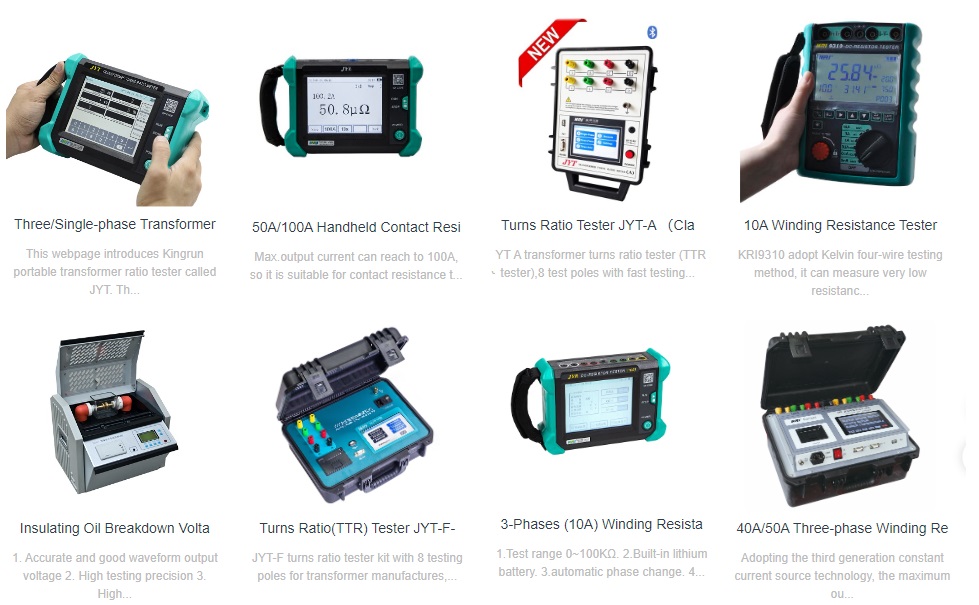A single-phase transformer has two windings with a polarity relationship, whereas a three-phase transformer has three windings on each side. The key is how these windings are connected, such as in a star (Y) or delta (Δ) configuration. For three-phase transformers, not only can the three phases be connected in different ways, but the primary and secondary windings of each phase can also be interchanged. For example, phase A can be relabeled as phase B, phase B as phase C, and so on. This creates various combinations, resulting in different phase and magnitude relationships between the primary and secondary voltages and currents.
When using a three-phase transformer, it is essential to understand the phase relationship between its primary and secondary sides. This relationship is described using the term "connection group." In simple terms, the connection group defines the phase relationship between the voltages or currents of the primary and secondary windings. This relationship, measured in angles, is always a multiple of 30 degrees. To represent this visually, the "clock representation method" is used, where the hour hand indicates the phase shift. For example, "0 o’clock connection" or "11 o’clock connection."

Common Transformer Connection Groups
The four most common three-phase transformer connection groups are Dd, Yy, Yd, and Dy.
1. Advantages and Disadvantages of Dd Connection:
Advantages:
- Eliminates the problem of third harmonic voltages.
- Balanced line voltage supports significant unbalanced three-phase loads.
- Suitable for low-voltage, high-current transformers as the line current delivered is √3 times the phase current.
Disadvantages:
- Requires more insulation materials compared to Y connection, making it less resistant to short-circuit forces.
- Cannot provide a neutral point, limiting its use in some applications.
- Voltage imbalances among phases may induce circulating currents, reducing efficiency.
2. Advantages and Disadvantages of Yd Connection:
Advantages:
- Eliminates third harmonic voltages.
- Neutral point can be extracted from the Y side.
- Delta side stabilizes the neutral point voltage of the Y side.
- Single-digit connection groups allow parallel operation without rewiring.
- Combines the benefits of Y and Δ configurations in step-down transformers.
Disadvantages:
- More complex design and construction.
3. Advantages and Disadvantages of Yy (Including Yyn) Connection:
Advantages:
- Each winding withstands lower voltage, requiring less insulation material.
- Neutral point is easily grounded, suitable for three-phase four-wire systems.
- Achieves higher voltage levels under the same insulation conditions.
- Higher inter-turn capacitance enhances resistance to surge voltages.
Disadvantages:
- Third harmonic voltages in the secondary side may damage insulation, limiting its use in high-capacity transformers.
- The neutral point must be grounded; otherwise, significant voltage shifts may occur under unbalanced loads.
4. Dy Connection (e.g., Dyn11):
- Commonly used in low-voltage distribution systems, such as residential power supply.
Kingrun Transformer Instrument Co.,Ltd.


More Transformer Testers from Kingrun
